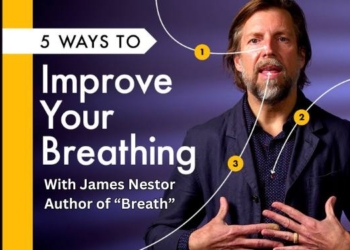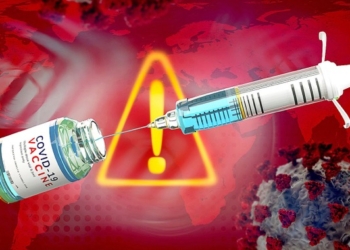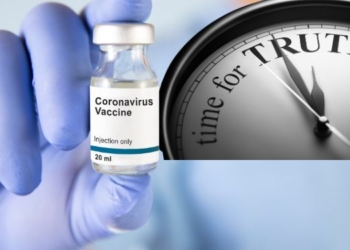
It’s no secret that the COVID-19 pandemic is putting healthcare professionals to the frontline. They help patients, provide medical and psychological assistance, talk to many people, contact them. Simultaneously, they lack protective equipment and face unprecedented burnouts. Nurses cry and and some even commit suicide. And, yes, many of them get infected.
Under these circumstances, anything can help. From a small and cost-effective medical software project for your local clinic to huge donations, there are many ways to help healthcare workers fighting the virus right now. As we’ve mentioned, it’s a real war. And this article unveils some of its details, as well as the main ways to help doctors and nurses.
Without further ado, let’s begin.
Impact of the Pandemic on Healthcare Workers
Overall, healthcare employees are at high risk. Due to the nature of their work, they’re much more vulnerable to the disease. The WHO reports that around 10% of healthcare-related professionals are infected. The International Council of Nurses also mentioned that over 90,000 of these workers had COVID-19, and 260 nurses died. These numbers show the scope, but they don’t reflect the whole situation.
Let’s analyze why these issues arise and what their consequences are.
Main Risk Factors for Employees
There are different reasons that vary depending on the country, state, clinic, and personality of each worker. However, there are also universal factors that increase infection rates and other issues significantly. Here they are:
- Direct contact with infected individuals. As long as healthcare employees have to work with patients, they will feature higher risks of getting sick.
- Lack of protective equipment. The sufficient amount of masks, tests, and suits can reduce infection rates drastically. The problem is that all clinics face shortages now.
- Stressful and draining conditions. Doctors and nurses have to take longer shifts, work at night, forget about their close ones for the sake of the global purpose.
- Unclear ethical decisions. Often, hospitals lack not only masks but ventilators and ICUs. Thus, doctors in charge have to refuse some patients. It’s tough, undoubtedly.
- Violence against healthcare workers. Some people don’t get it at all, so they blame doctors and nurses, even attack them. These traumas are both physical and mental.
As you can see, there are a few factors that overlap and lead to severe issues. People can cope with the disease itself, but they can barely resist the social pressure, the toxicity of bosses, and shortages of protective equipment. That’s why all our support is crucial. We should understand that the healthcare industry is the main bastion that protects us from total chaos.
Problems that Develop
Even healthy doctors and nurses are in danger due to extreme pressure. Many people end their shifts crying. They have to help patients, but they can barely do this. Overwhelming frustration and lack of energy lead to emotional and physical burnout, harm immunity, and increase the chances of getting sick. These conditions will definitely have unhealthy consequences. Even today, psychologists report the development of PTSD among healthcare workers.
Laura Danso, a family physician assistant from Denver, shared her story with Quartz. She said that she has to wake up at 6 am after getting to bed around 11 pm. She starts a regular day being exhausted already. Then, she goes to the hospital and works with patients. Doctors there have to wear one mask for the entire day. Moreover, requirements and rules change each day. There’s high load but unclear processes.
Laura Danso concludes that the crisis is frustrating and frightening because the patients are suffering, and physicians can do little to prevent it.
Helping Our Heroes
Without constant support from all possible sources, healthcare workers will suffer much more. That’s why we’ve gathered official WHO recommendations, as well as some of the best practices related to this support.
Let’s begin with the official tips from doctors to doctors:
- Disconnect from the pandemic news and analytics.
- Continue doing non-work things you like, do exercise, relax.
- Keep your pre-pandemic routine if it’s possible to maintain control.
- Know that you’re doing great, you’re protecting the world as good as you can.
- Practice mindfulness things such as deep breathing or meditation.
- Remember that all people around are in a bit of shock and without the resources.
- Talk about your stress, communicate about reasons and factors, try to understand them.
- Understand that there are some things that you just can’t control.
While these rules may sound too primitive, they work. The idea is to get control over your life, fight negative mindsets, and avoid focusing on the pandemic only. If you need extra assistance, there are some options, too. For example, some hospitals have weekly meetings to discuss psychological issues or just communicate, express emotions. As well, it’s possible to organize online lounges with professional support from psychologists.
Overall, experts recommend focusing on two points: expressing your emotions and ending workdays properly.
The Healthcare Industry After COVID-19
Well, hopefully, you realize that healthcare workers are true heroes nowadays. They face many challenges. Respectively, we should be ready for a unique situation after the pandemic. Considering a lot of burnouts and dismissals, the healthcare industry will change. We can’t forecast how it will change the world, but we can say that the industry will never be the same again. At least, let’s hope that society will value healthcare professionals more than earlier.














